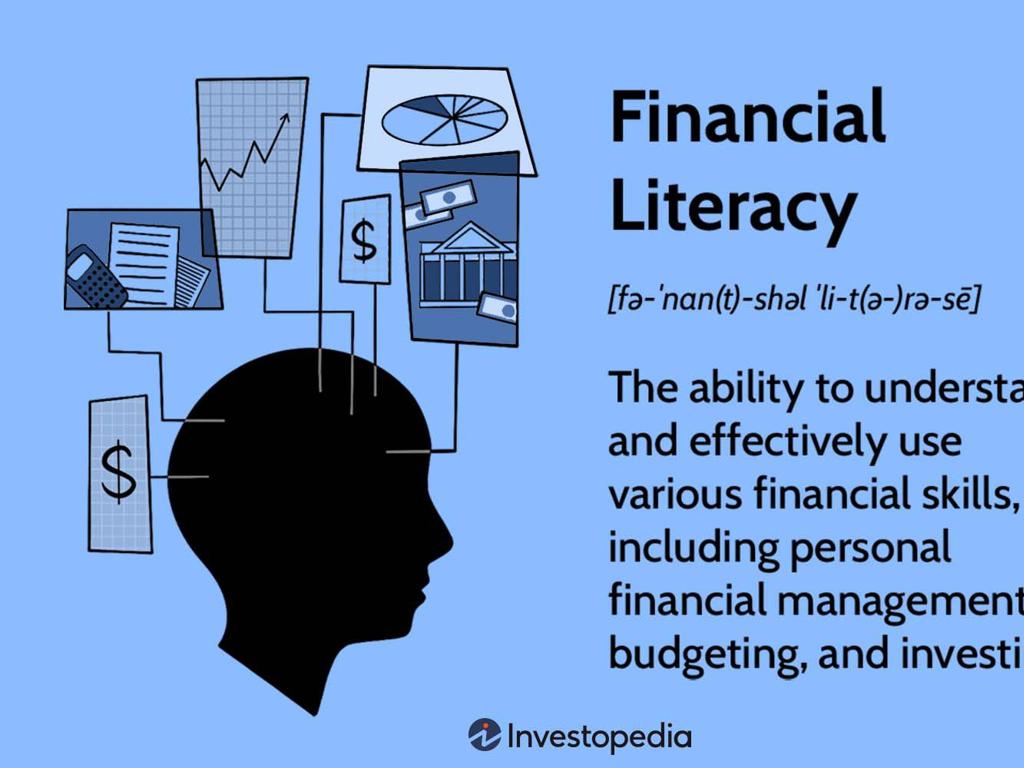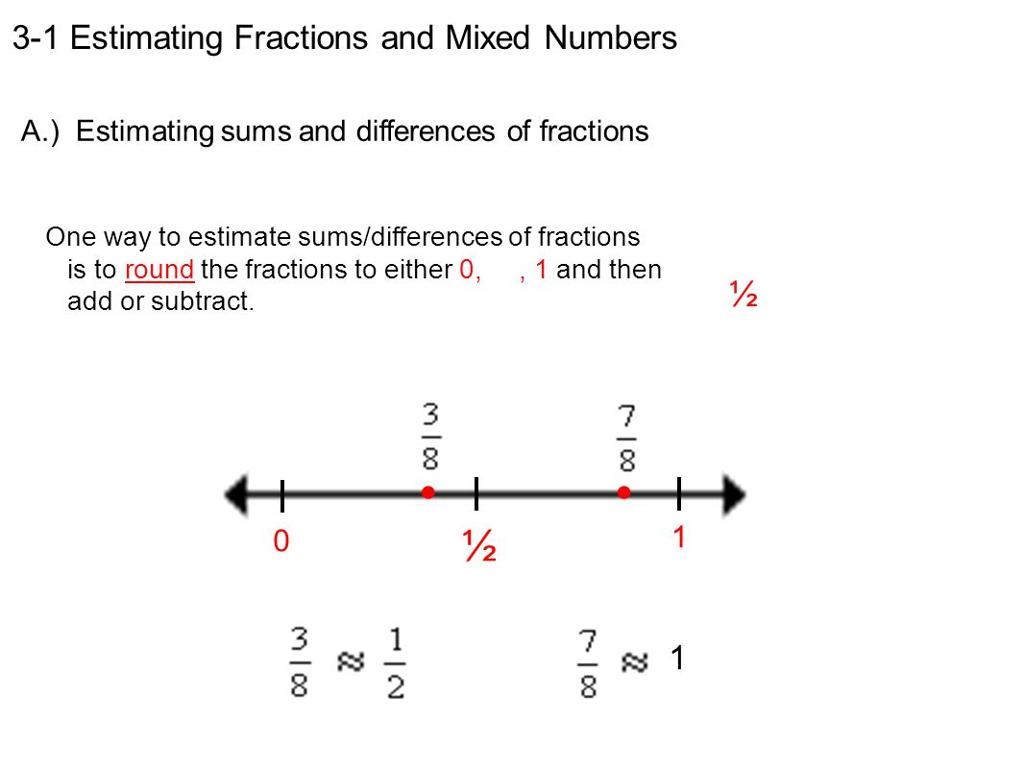Correct Errors With Verb Mood
Subject: Language arts
Grade: Eighth grade
Topic: Verb Tense And Mood
Please LOG IN to download the presentation. Access is available to registered users only.
View More Content
Mastering Verb Mood
– Understanding verb tense and mood
– Verb tense shows time; mood reflects a state of being or reality.
– Importance of correct verb mood
– Using the right mood is crucial for clear, accurate communication.
– Identifying errors in verb mood
– Common errors occur with subjunctive and indicative moods.
– Practice: Correcting mood errors
– We’ll correct sentences to reinforce our understanding of verb moods.
|
This slide introduces the concept of verb mood, which is essential for expressing different states of being or reality in writing and speech. It’s important to distinguish between verb tense, which indicates time, and verb mood, which conveys the speaker’s attitude toward the action. Emphasize the importance of using the correct verb mood to avoid confusion and to clearly communicate the intended message. Provide examples of common errors, such as using the indicative mood where the subjunctive is needed. The practice activity will involve correcting sentences with verb mood errors, which will help students recognize and apply the correct forms in their writing.
Exploring Verb Moods
– Define verb mood
– Verb mood reflects the speaker’s attitude about the verb’s action.
– Explore the three moods
– Indicative states facts, imperative gives commands, subjunctive expresses wishes or conditions contrary to fact.
– Examples of indicative mood
– Indicative: ‘He walks to school.’ It states a fact.
– Examples of imperative & subjunctive
– Imperative: ‘Please sit down.’ Subjunctive: ‘If I were taller, I d play basketball.’
|
This slide introduces the concept of verb mood, which is essential for understanding how verbs can express different kinds of actions or states of being. Begin by defining verb mood and discussing how it shows the speaker’s attitude toward the action. Then, explain the three moods: indicative for stating facts or asking questions, imperative for commands or requests, and subjunctive for wishes, hypotheticals, or conditions contrary to fact. Provide clear examples for each to illustrate their use. Encourage students to create their own sentences to practice identifying and using the different moods correctly.
Mastering Verb Moods: Indicative
– Indicative mood states facts or questions
– Examples of indicative mood usage
– ‘The cat sleeps on the mat.’ states a fact. ‘Do you like pizza?’ asks a question.
– Common errors in indicative mood
– Mixing moods: ‘If I were you, I am careful.’ should be ‘If I were you, I would be careful.’
– Tips to use indicative mood correctly
– Always match the subject with the correct verb form and ensure consistency in verb tense.
|
The indicative mood is used for stating facts or asking questions, which is the most common verb mood in English. Provide clear examples of sentences in the indicative mood to help students recognize its use. Discuss common errors, such as mixing verb moods within a sentence, and provide tips for avoiding these mistakes. Emphasize the importance of subject-verb agreement and maintaining tense consistency. Encourage students to create their own sentences and to peer-review each other’s work for a better understanding of the indicative mood.
Mastering the Imperative Mood
– Understanding Imperative Mood
– Used for commands, requests, or instructions.
– Examples of Imperative Mood
– ‘Sit down.’, ‘Please pass the salt.’, ‘Finish your homework.’
– Using Imperative Mood correctly
– Start with a verb for commands; add ‘please’ for polite requests.
– Practice correcting sentences
– We’ll revise sentences to fix mood errors.
|
The imperative mood is used to issue commands, give instructions, or make requests. It’s important for students to recognize that these sentences often begin with a verb, and the subject ‘you’ is usually implied. Provide clear examples, such as ‘Sit down.’ or ‘Please pass the salt.’ to illustrate the use of the imperative mood in everyday language. Emphasize the use of polite forms, like adding ‘please,’ to soften commands. In class, practice identifying and correcting sentences that misuse the imperative mood to reinforce the lesson and ensure students can apply these rules in their writing.
Exploring the Subjunctive Mood
– Subjunctive Mood usage
– Expresses wishes, doubts, or hypotheticals
– Examples of Subjunctive Mood
– ‘If I were a bird, I would fly’ shows a wish
– Identifying Subjunctive errors
– Find verbs that don’t fit the mood’s rules
– Correcting errors in sentences
– Change ‘If I was’ to ‘If I were’ to correct mood
|
The subjunctive mood is used to express conditions that are not true, wishes, or hypothetical situations. It often follows ‘if’ or ‘wish’ and uses the base form of the verb, like ‘were’ instead of ‘was’. Provide students with examples and ask them to identify whether the sentences use the subjunctive mood correctly. Then, have them practice correcting sentences that misuse the subjunctive mood. Emphasize the importance of context in determining the correct mood and encourage students to consider how changing the verb mood can alter the meaning of a sentence.
Practice Time: Mastering Verb Moods
– Exercise: Identifying verb moods
– Determine if the mood is indicative, imperative, subjunctive, etc.
– Rewrite sentences with proper mood
– Correct the mood to match the intention of the sentence
– Create sentences using different moods
– Use indicative, imperative, subjunctive moods in original sentences
– Share and discuss your examples
|
This slide is designed for a class activity focused on verb moods. Students will start by identifying the mood of given sentences, which helps them understand the concept in context. Next, they will practice rewriting sentences to correct the mood, ensuring they grasp how to use each mood correctly. Then, students will create their own sentences using different moods to demonstrate their understanding. Finally, they will share their sentences with the class for peer review. For the teacher: Prepare a list of sentences with mixed moods for the first activity, and have a worksheet ready for students to rewrite sentences. Encourage creativity in the third activity and facilitate a discussion afterward to highlight the correct usage of verb moods.
Class Activity: Verb Mood Charades
– Split into groups for charades
– Act out sentences with different moods
– Use actions and expressions to convey the mood
– Guess the mood of each sentence
– Is it indicative, imperative, interrogative, conditional, or subjunctive?
– Discuss the importance of mood for clarity
– How does the mood change the sentence’s meaning?
|
This activity is designed to help students understand verb moods through a fun and interactive game of charades. Divide the class into small groups and provide each group with sentences that exemplify different verb moods. Students will act out their assigned sentences without speaking, and the rest of the class will guess the mood. After each performance, have a brief discussion on why the guessed mood was correct or incorrect, and why using the correct verb mood is crucial for conveying the right message. This will enhance their understanding of how mood can alter meaning and why it’s important for clear communication. Possible sentences for activity: ‘If I were a millionaire, I would travel the world.’ (subjunctive) ‘Go to your room!’ (imperative) ‘Are you going to the party?’ (interrogative)
Wrapping Up: Verb Moods
– Recap of verb moods lesson
– Why verb moods matter
– Correct mood usage ensures clarity in communication.
– Homework: Craft a short story
– Use different moods to convey various scenarios.
– Highlight verb moods used
– Identify indicative, imperative, subjunctive, conditional, and interrogative moods.
|
As we conclude today’s lesson on verb moods, it’s crucial for students to understand that mastering verb moods is essential for clear and effective communication. For homework, students are tasked with writing a short story where they will practice using different verb moods to reflect actions, commands, possibilities, conditions, and questions. They should highlight each verb mood used to demonstrate their understanding. This exercise will help reinforce today’s lesson by applying the concepts in a creative context. Encourage students to be imaginative and to use a variety of moods to enhance their storytelling. In the next class, we can discuss some of the stories and the verb moods used, providing feedback and further clarification.






